OVERVIEW
The Non-Volatile Memory Market is expected to reach USD 89.5 billion by 2025, growing at a CAGR of 9.23% during the forecast period 2020-2025. The Increasing need for high-speed, low-power-consuming, and highly scalable memory devices as well as the growing demand for non-volatile memory in connected and wearable devices is analyzed to drive the growth of market.
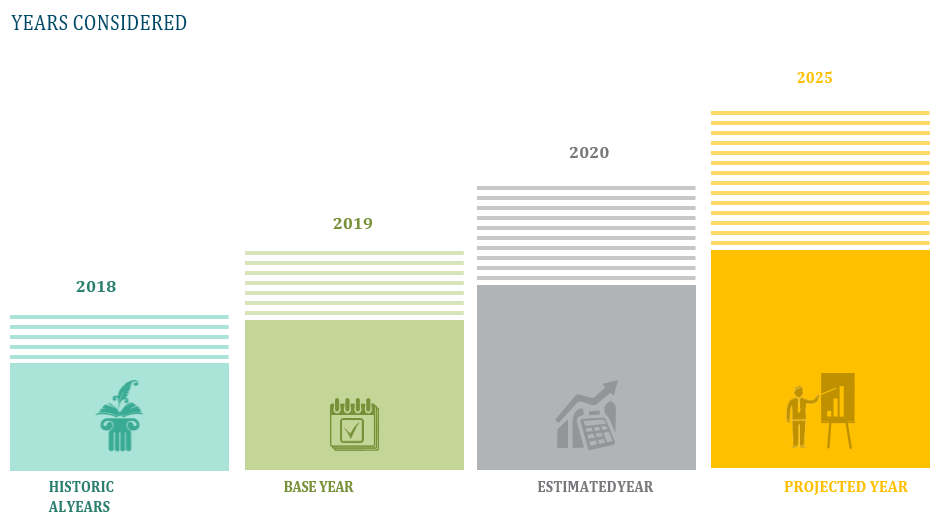


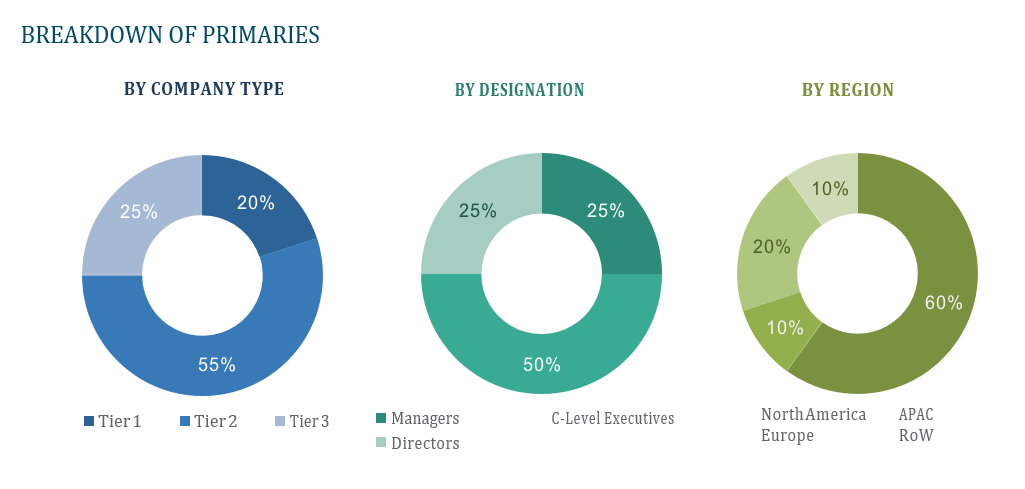
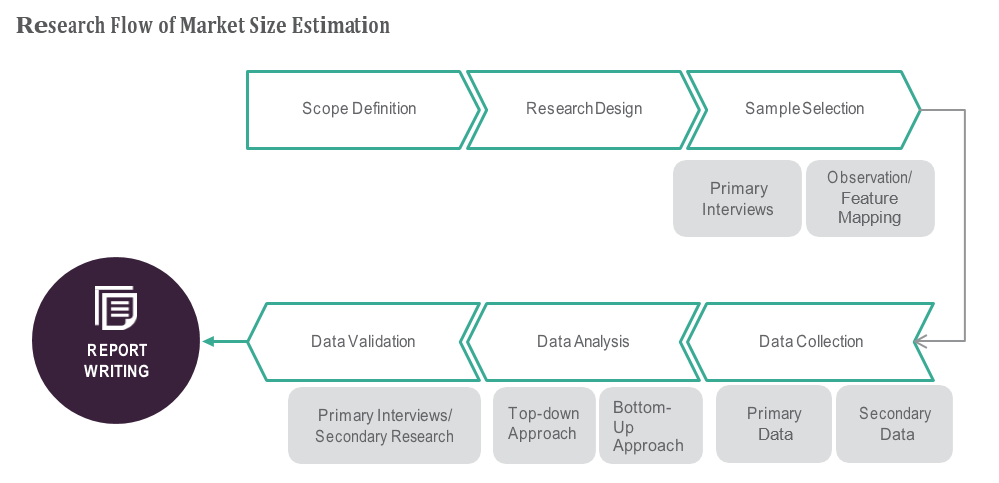

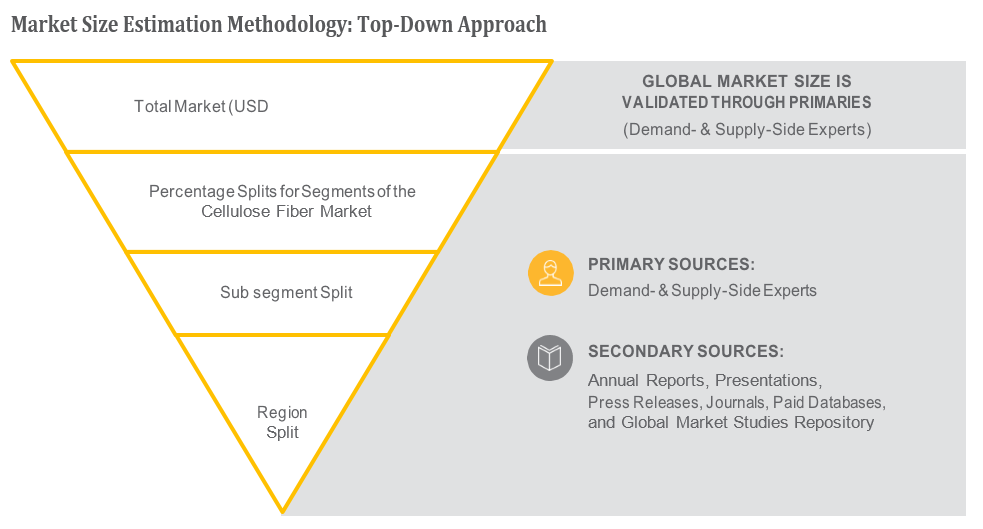
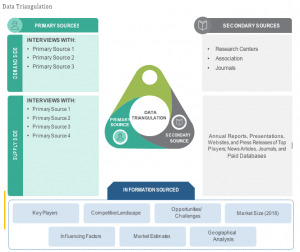
TABLE OF CONTENT
1 Global Non-Volatile Memory Market
1.1 Study Objectives
1.2 Market Definition
1.3 Study Scope
1.3.1 Markets Covered
1.3.2 Geographic Scope
2 RESEARCH METHODOLOGY
2.1 Research Data
2.1.1 Secondary Data
2.1.1.1 Key Data From Secondary Sources
2.1.2 Primary Data
2.1.2.1 Key Data From Primary Sources
2.1.2.2 Key Industry Insights
2.1.2.3 Breakdown of Primaries
2.2 Market Size Estimation
2.2.1 Bottom-Up Approach
2.2.2 Top-Down Approach
2.3 Market Breakdown and Data Triangulation
2.4 Research Assumptions
3 Global Non-Volatile Memory Market – Executive Summary
3.1 Market Revenue, Market Size and Key Trends by Company
3.2 Key Trends by type of Application
3.3 Key Trends segmented by Geography
4 Global Non-Volatile Memory Market – Comparative Analysis
4.1 Product Benchmarking – Top 10 companies
4.2 Top 5 Financials Analysis
4.3 Market Value split by Top 10 companies
4.4 Patent Analysis – Top 10 companies
4.5 Pricing Analysis
5 Global Non-Volatile Memory Market – Industry Market Entry Scenario
5.1 Regulatory Framework Overview
5.2 New Business and Ease of Doing business index
5.3 Case studies of successful ventures
5.4 Customer Analysis – Top 10 companies
6 Global Non-Volatile Memory Market – Market Forces
6.1 Introduction
6.2 Market Dynamics
6.2.1 Drivers
6.2.1.1 Demand for universal memory devices
6.2.1.2 Increasing demand for enterprise storage applications
6.2.1.3 Need for high-speed, low–power-consuming, and highly scalable memory
devices
6.2.2 Challenges
6.2.2.1 Lack of stability under extreme environmental conditions
6.2.2.2 High design cost
6.3 Porters Analysis of Market
6.3.1 Bargaining power of suppliers
6.3.2 Bargaining powers of customers
6.3.3 Threat of new entrants
6.3.4 Rivalry among existing players
6.3.5 Threat of substitutes
7 Global Non-Volatile Memory Market – Strategic Analysis
7.1 Value Chain analysis
7.2 Product Life Cycle
7.3 Supplier and distributor analysis (Market share and product dealing strategies)
8 Global Non-Volatile Memory Market – By Type (Market Size – & million/billion)
8.1 Traditional Non-Volatile Memory
8.2 Emerging Non-Volatile Memory
9 Global Non-Volatile Memory Market – By Application
9.1.1 Consumer Electronics
9.1.2 Automotive
9.1.3 BFSI
9.1.4 Government
9.1.5 Telecommunications
9.1.6 Information Technology
9.1.7 Others
10 Global Non-Volatile Memory Market – By Geography (Market Size – & million/billion)
10.1 Introduction
10.2 North America
10.2.1 US
10.2.2 Canada
10.2.3 Mexico
10.3 Europe
10.3.1 U.K
10.3.2 Germany
10.3.3 Italy
10.3.4 France
10.3.5 Spain
10.3.6 Rest of Europe
10.4 Asia-Pacific
10.4.1 China
10.4.2 Japan
10.4.3 India
10.4.4 South Korea
10.4.5 Rest of APAC
10.5 Rest of the World
10.5.1 South America
10.5.2 Middle East
10.5.3 Africa
11 Global Non-Volatile Memory Market – Entropy
11.1 New product launches
11.2 M&A’s, collaborations, JVs and partnerships
12 Global Non-Volatile Memory Market Company Profile (Key Players)
12.1 Market Share, Company Revenue, Products, M&A, Developments
12.2 Samsung Electronics Co. Ltd
12.3 Intel Corporation
12.4 Toshiba Corporation
12.5 IBM Corporation
12.6 Sony Corporation
12.7 Adesto Technologies Corp.
12.8 Viking Technologes Ltd.
12.9 Nantero
12.10 Sidense
12.11 Kilopass Technology
12.12 Company 11 & more
13 Global Non-Volatile Memory Market – Appendix
13.1 Sources
13.2 Abbreviations











